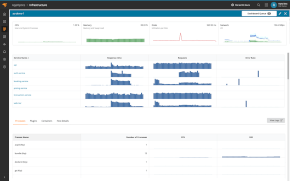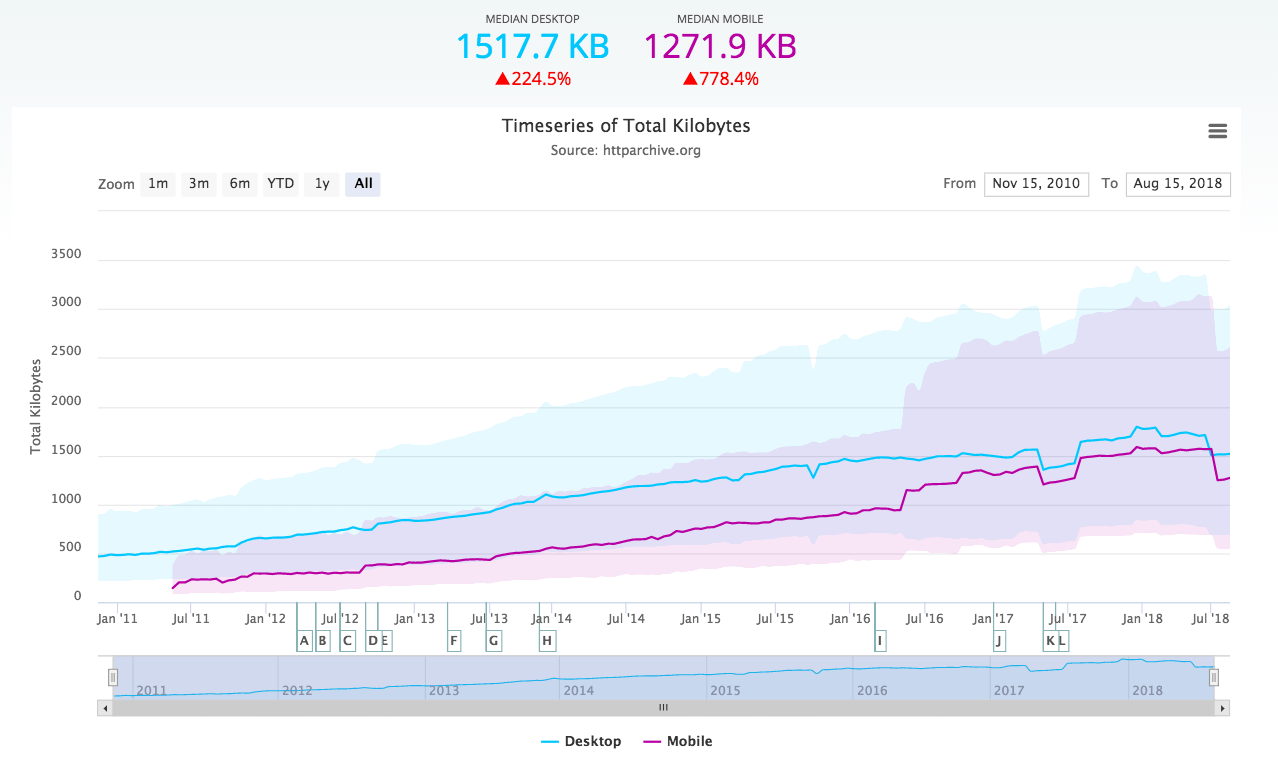 Twitter is growing and evolving, and the service clearly wants plenty of new users to join its folds. However, try registering a new Twitter account, and come up with a username that isn’t already registered. You’ll soon find that there’s some serious username depletion going on.
Twitter is growing and evolving, and the service clearly wants plenty of new users to join its folds. However, try registering a new Twitter account, and come up with a username that isn’t already registered. You’ll soon find that there’s some serious username depletion going on.
Things wouldn’t be so bad if the person who had already taken your brilliantly though-out nickname was actually using that Twitter account. But take a look around and you’ll find lots of examples of users who clearly have just created a Twitter account, signed in once or twice, and then never used the service again. And since Twitter accounts never expire, that username is now gone for all time.
And it’s not a small problem. Twitter could have more than 100 million unused accounts. In January, Twitter reported that it had almost 200 million registered users, a number that has surely grown significantly since then. In September, Twitter reported that it had 100 million active users (users who sign in at least once a month). Quite a difference.
Never mind money, jobs, and real estate…I wonder what the youngs will do to us when they realize we’ve taken all the good usernames?
— Jason Kottke (@jkottke) December6, 2011
Twitter really, really should consider freeing up usernames. Remember, usernames are far more important to Twitter than they are to Facebook or Google+. Arguably, the two latter don’t even have usernames in the traditional sense. In Twitter, you use that @username handle everywhere. It’s a vital part of the service.
An open letter to Twitter
It’s time to start deleting unused accounts. Start liberating usernames so that real, active users (and those elusive new users) can get their hands on them.
It doesn’t have to be complicated. If a Twitter account is completely unused for six months, go ahead and delete it. If you must, send an email to users before you do it and give them a week to sign in to avoid having the account deleted.
Granted, you’ll have fewer “registered users” to boast about if you start deleting unused accounts, but this is the right thing to do. Your users will have a more positive introduction to your service and a better user experience.
Besides, the number of registered users really is an irrelevant figure. Just get on board with the trend Facebook started and consistently talk about “active users,” users that have signed in within the last 30 days. It’s more transparent, and more relevant. From what we can judge, someone at Twitter has already made that decision so it should be a non-issue.
Finally, perhaps we should clarify that in spite of this somewhat critical post, we do love Twitter. (Obviously, we use it a lot, you can find us at @pingdom.)
Thank you for listening.
























